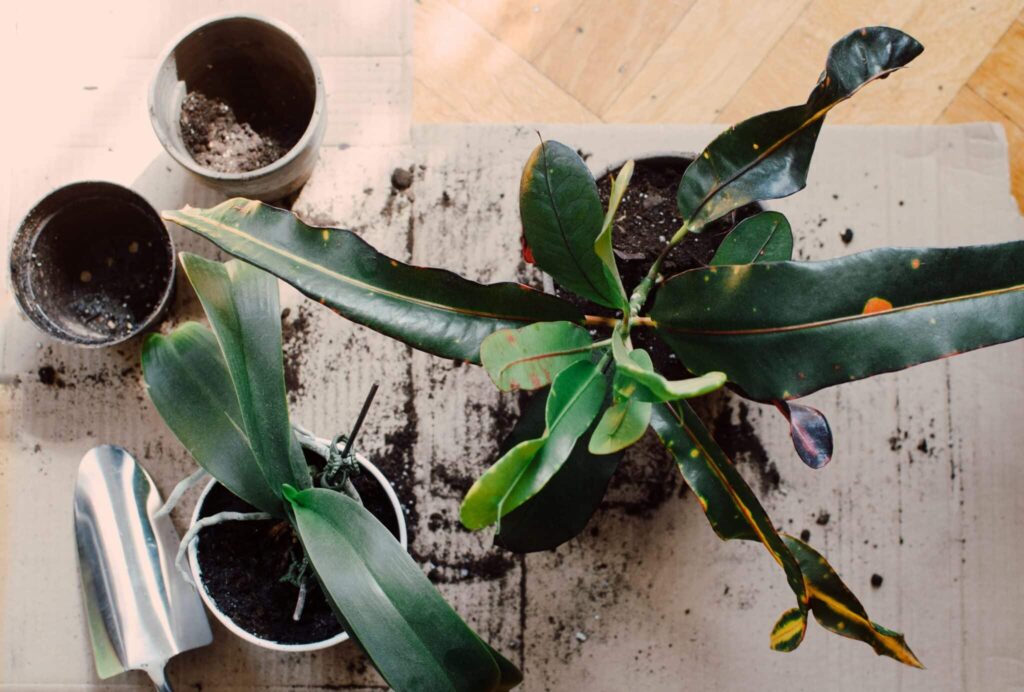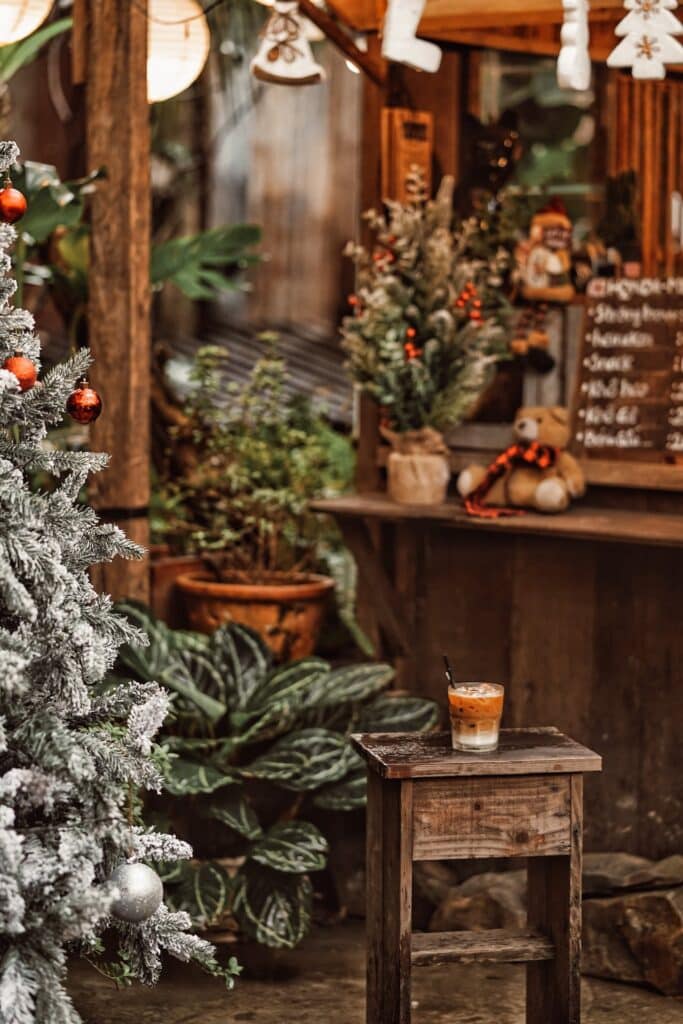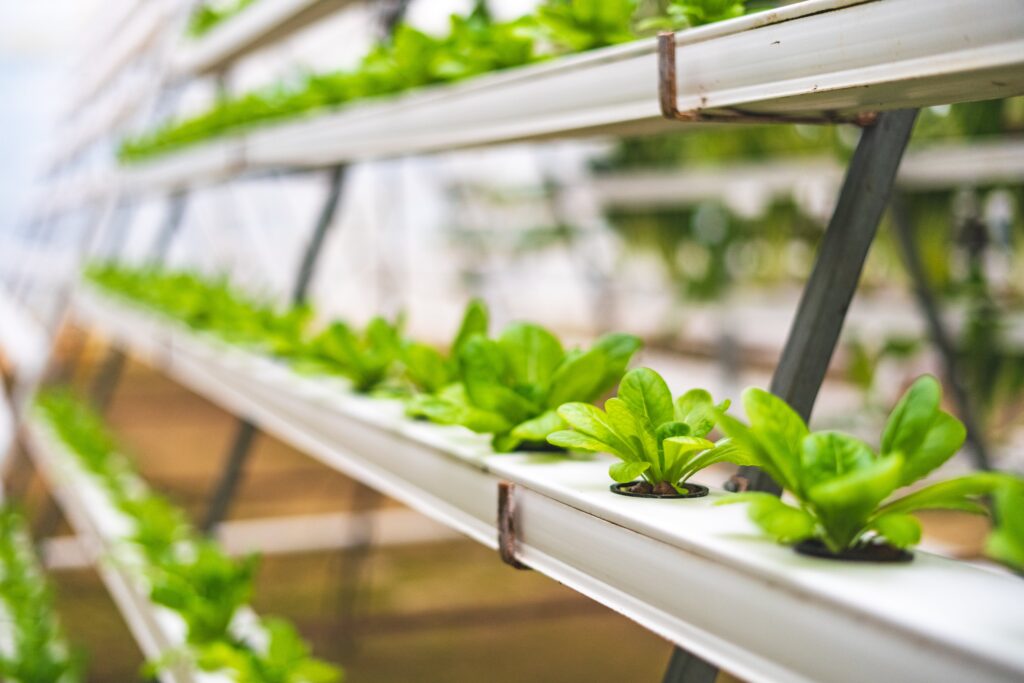You adore your Dracaena plant and wish to keep it thriving and lush. However, recently you’ve noticed some unsightly brown tips, a common woe among Dracaena plant owners, appearing on its leaves. Don’t worry, in this article, we will explore effective methods to prevent and combat these brown tips, ensuring your beloved Dracaena plant remains healthy and vibrant. From adjusting watering habits to providing the right amount of sunlight, you’ll soon learn the secrets to keeping your Dracaena looking its best and bidding farewell to those pesky dracena plant brown tips.

Understanding Dracaena Plant Brown Tips
Dracaena plants are known for their vibrant foliage and ability to thrive indoors. However, one common issue that plant owners may encounter is the occurrence of brown tips on the leaves. Brown tips mar your Dracaena’s beauty and signal underlying issues. Recognizing signs and their impact on growth, you can promptly address and prevent further browning, preserving the health and vitality of your beloved plant.
Identifying signs and symptoms of browning tips
When it comes to identifying brown tips on your Dracaena plant’s leaves, there are a few key signs to look out for. The most obvious indicator is the presence of brown discoloration at the tips of the leaves. Initially, the browning may be subtle, appearing as small spots or edges. However, if left untreated, these brown areas can spread and eventually consume the entire leaf.
In addition to the brown discoloration, you may also notice other symptoms accompanying the browning tips. These can include leaf yellowing, wilting, and even leaf drop. Spotting these signs distinguishes isolated browning from broader health issues in your Dracaena plant, aiding in targeted care and maintenance.
How brown tips affect the growth and health of your plant
Though brown tips may appear cosmetic, they wield a substantial influence on your Dracaena’s well-being. The browning signals a hindrance in water and nutrient transport, critically impacting growth and overall plant health.
In thriving plants, water and nutrients traverse from roots to leaves through xylem vessels. Damage or blockage in these vessels disrupts the flow, causing browning tips. Affected leaves weaken, hindering vital functions like photosynthesis, resulting in stunted growth, diminished vigor, and potential plant demise if neglected.

Common Causes of Brown Tips in Dracaena Plants
To effectively prevent and treat brown tips in Dracaena plants, it is important to understand the underlying causes contributing to this issue. By identifying the root of the problem, you can then implement appropriate measures to address and rectify the situation. Here are some common causes of brown tips in Dracaena plants:
Effects of Underwatering
One of the most common causes of brown tips in Dracaena plants is underwatering. When a plant is not receiving sufficient water, its leaves can become dehydrated, leading to tip browning. Underwatering can occur due to infrequent watering, improper drainage, or simply neglecting to water the plant as needed.
To prevent underwatering and subsequent brown tips, it is essential to establish a consistent watering schedule for your Dracaena plant. This typically involves watering the plant when the top inch of soil feels dry to the touch. Additionally, ensure that your plant is potted in a well-draining soil mixture, as excessive moisture retention can also contribute to browning tips.
Effects of Overwatering
While underwatering can cause brown tips, overwatering can have equally detrimental effects on a Dracaena plant. When the roots of a plant sit in waterlogged soil for extended periods, they can become waterlogged themselves, leading to root rot. As the roots deteriorate, the plant’s ability to absorb water and nutrients is compromised, resulting in brown tips.
To avoid overwatering and subsequent brown tips, it is vital to strike the right balance between providing adequate moisture and ensuring proper drainage. Avoid leaving your Dracaena plant in standing water and allow the soil to dry out slightly between waterings.
Impact of Low Humidity
Dracaena plants are native to tropical environments with high humidity levels. When these plants are exposed to low humidity, such as in indoor settings, they can struggle to retain moisture, leading to browning tips. In low humidity environments, the rate of water evaporation from the leaves exceeds the rate at which the plant can absorb water through its roots, resulting in dehydration and subsequent brown tips.

To combat low humidity and prevent brown tips, there are several methods you can employ. One effective approach is to place your Dracaena plant on a pebble tray filled with water. As the water evaporates, it increases the humidity in the surrounding air. Alternatively, you can also utilize a room humidifier to maintain optimal humidity levels for your plant’s health.
Consequences of Poor Light Conditions
Dracaena plants require a moderate amount of bright, indirect light to thrive. Insufficient light can cause brown tips as the plant struggles to carry out photosynthesis and produce energy. Inadequate lighting conditions can occur due to factors such as placing the plant in a dimly lit room, positioning it too far away from a light source, or obstructing its access to light with other objects.
To ensure optimal lighting conditions for your Dracaena plant and prevent brown tips, place it near a window with filtered sunlight. Avoid exposing the plant to direct sunlight, as this can scorch the leaves. If a window location is not feasible, you can also supplement natural lighting with artificial grow lights specifically designed for indoor plants.
Problems due to draught
Dracaena plants are sensitive to sudden changes in temperature and airflow, particularly when it comes to draughts. Exposure to draughts can cause stress to the plant, leading to the development of brown tips. Draughts can occur when doors or windows are left open, or when the plant is positioned near air conditioning vents or drafts from heating systems.
To protect your Dracaena plant from draught-related damage, ensure that it is placed in an area with a consistent temperature and minimal airflow disruptions. Avoid positioning the plant near vents or doorways where abrupt temperature changes and draughts are likely to occur.
Damage from over-fertilization
Over-fertilization is another common culprit behind brown tips in Dracaena plants. While fertilizers are essential for providing plants with the necessary nutrients, excessive fertilization can lead to a buildup of salts in the soil. These salts can accumulate over time, causing toxicity and root damage, ultimately resulting in brown tips.
To prevent over-fertilization and its effects, it is crucial to follow the recommended fertilization guidelines for Dracaena plants. Choose a balanced, slow-release fertilizer specifically formulated for indoor plants and apply it according to the package instructions. Additionally, flush the soil periodically to remove any excess salts and maintain a healthy growing environment for your plant.
By understanding the common causes of brown tips in Dracaena plants and their effects on the plant’s growth and health, you can take proactive measures to prevent and address this issue. From proper watering techniques to maintaining optimal lighting conditions, implementing these strategies will help keep your Dracaena plant thriving and free from unsightly browning tips.




